ZENZ(AI)
Anna Pasco Bolta
Sayings about the weather represent the cultural heritage of a changing landscape and time, as well as exemplifying the search for models over generations to understand natural phenomena and therefore predict the future. Predictions based on probability theories, but also on imaginative capacity. ZENZ(AI) is a neural network that processes information from the outside world and learns from it. Artificial intelligence creates sayings about the weather from existing weather data and sayings, thereby confronting principles such as failure, wandering and open, unguided discovery. The project deals with issues related to the configuration and functioning of the common sense and senses of artificial intelligence involved in perceiving and understanding reality.
ZENZ(AI) will be exhibited on the agora of building D.
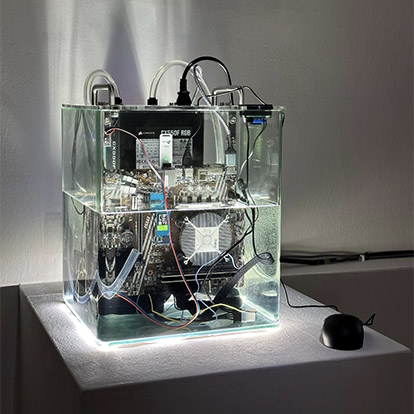
© Anna Pasco Bolta
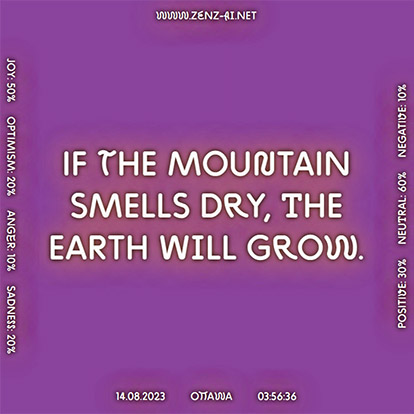
© Anna Pasco Bolta
Think a Head
Frits Jeuris
Hasselt University has a real eye-catcher on campus Diepenbeek on top of X-LAB: a head made of Corten steel of no less than 2,700 kilograms, 5 meters high, 5 meters long and 3 meters wide. The head is the work of artist Frits Jeuris and will serve as a new brainstorming room, undoubtedly one of the most unique university brainstorm rooms world wide.
During X-FESTIVAL2023, the Think a Head sculpture/brainstorm room will be open for the public. Use this opportunity to experience this magnificent artistic realization and take some time to think ahead ...
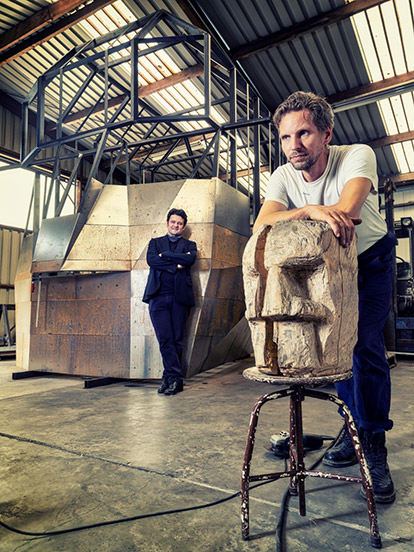
© Luc Daelemans
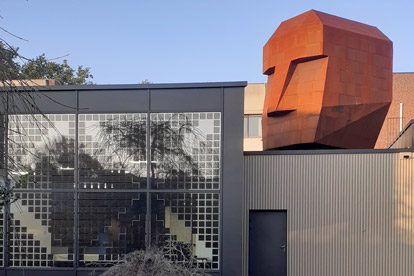
© Joël Neelen
ORGANIC SCULPTURE X PHOTOGRAPHY
Denise Peeters
Denise Peeters works primarily in sculpture and photography: through a conceptual exploration of common materials in which form, matter and meaning spontaneously grow together.
At X-FESTIVAL her life-sized paper sculptures reminiscent of icebergs will be exhibited on the agora of Building D in UHasselt-Campus Diepenbeek. As a visitor you are invited for a walk through a fascinating landscape of impressive paper statues — or are they large rocks — sculpted through the hands and sensibility of the artist.
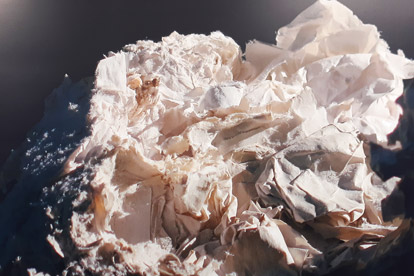
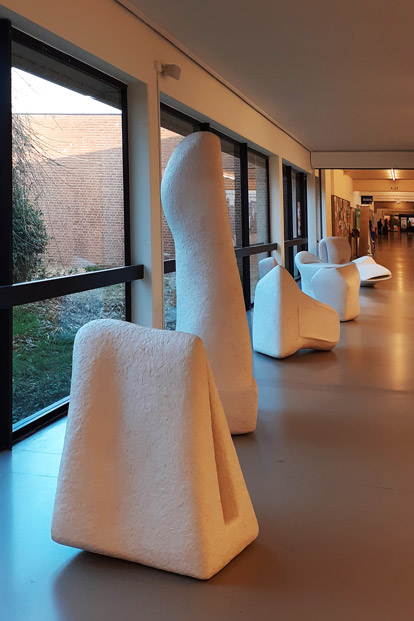
© Joël Neelen
X-ROOM OF WONDERS COLLECTION
Panamarenko, Piet Stockmans, Frederik De Wilde, Roland Valcke, Illaria Cardinaletti, ...
During X–FESTIVAL, the X-Room of Wonders in the X-LAB pavilion will be open for the public, offering a glance of the permanent, inspirational art collection, including work from Panamarenko, Piet Stockmans, Frederik De Wilde, academic heritage scientific equipment from Prof.em. Roland Valcke, art-science work from Illaria Cardinaletti, real-size 3D-print of Vanguard 1, ...
Guest artists: Willy Dillen, Annie Kuppens, Louis Ghijsebrechts, …
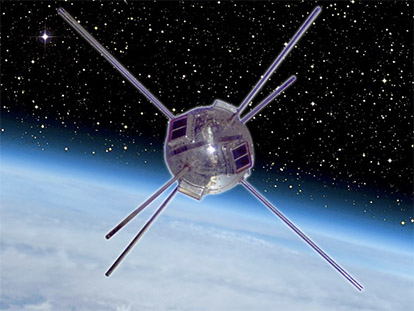
©National Space Science Data Center
Louis Ghijsebrechts
At the intersection between architecture and visual art, Louis Ghijsebrecht developed his own idiosyncratic language of color, position and form. Three-dimensional wooden collages and installations that convert the artist's subconscious world into poetic spatial constructions. These reveal that for Louis Ghijsebrechts, the two seemingly different worlds of painting and architecture merge into one and the same art form.
Ghijsebrechts, as an artist constantly balancing — in beautiful equilibrium — on the tangent between the unconscious and the consciously reasoned, described his work as 'pararealism'. In his own words: 'Pararealism is the reality of the common memory of humanity with regard to the past, present and future, which is evoked and expressed by him through an arbitrary automatism, peculiar to the artist, in an own codified but concrete universe of signs and symbols'.
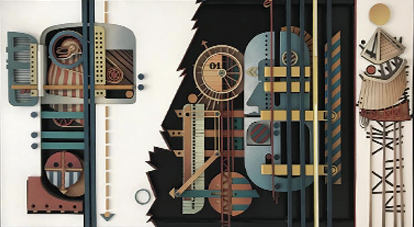
©Ghijsebrechts Family
ANTARCTICA – WHERE WISE MEN DARE NOT TREAD
The Prof.em.dr.Tony Van Autenboer and Belgian Polar Research Collection
A unique collection of photographs and instruments of Prof.em.dr. Tony Van Autenboer and other donors, are displayed as part of a permanent exhibition dedicated to polar research. Prof.dr. T. Van Autenboer was geologist and expedition leader of several of the Belgian Antarctic Expeditions in the period 1957-1970. As one of the last explorer/researchers of the heroic age of polar exploration with dog sledges and no radio contact, he explored the Sor Rondane region, the last unexplored big mountain range on this planet. It is here that the zero-emission Princess Elisabeth station is located.
Where Wise Man Dare Not Tread is the name given to this Antarctica exhibition wall of X-LAB. It is dedicated in memory of the polar explorers Baron Gaston de Gerlache and of the late Prof.em.dr. Tony Van Autenboer. It is an ode to Belgium’s Antarctic past, from the first wintering (1897-1899) by Adrien de Gerlache — born in Hasselt —, the heroic era of polar exploration in harsh cold, with dog sledding and for weeks without radio contact, to the zero-emission Princess Elisabeth station (2009), initiated by Alain Hubert, honorary doctor of UHasselt.
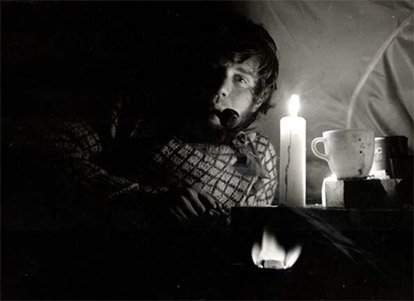
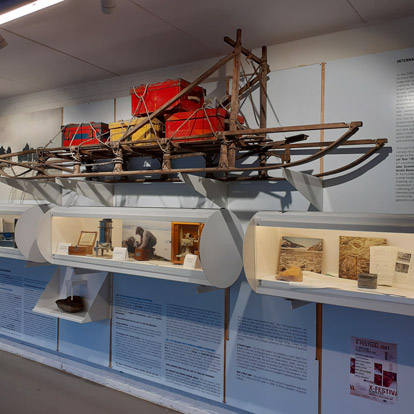
© X-LAB
PHOTOVOLTAIC PHOTOGRAPHS
J. Hustings, N. Fransaert, R. Cornelissen, M. Vereycken, A. Robert, R. Valcke, J.V. Manca (X-LAB), K. Vrancken (Luca School of Arts / Institute of Media Studies KULeuven)
Through a cross-disciplinary collaboration at the nexus of physics, biology, photovoltaics and photography, at X-LAB we have developed world’s first Photovoltaic Photographs. Photovoltaic Photographs are defined as semi-transparent solar cells that are treated with a light-induced process to integrate an image in the photoactive hart of the solar cells, allowing creative applications such as photovoltaic photographs, paintings, etc. This concept is inspired by the anthotype photographic process; an ancient photographic method of transferring images from a transparency film to a sheet of paper, an invention attributed to Sir John Herschel (1792–1871).
Johannes Vermeer's iconic “Girl With a Pearl Earring” was used for one of the first Photovoltaic Photographs, as reported in the scientific publication in Solar Energy Materials & Solar Cells 246 (2022) 111917.
Kristof Vrancken is a doctor of arts. In his doctoral research he investigated the relationship between humans and nature in the Anthropocene, the current geological epoch characterized by the predominant impact of humans on the Earth. In this research he connects photography, science, sociology and philosophy. He explores forgotten photographic techniques and processes, capturing images of the present with a focus on the tension between ecology and economy, images that encourage us to think about the future.
Kristof Vrancken is a photography lecturer and researcher at Luca School of Arts and also affiliated with the Institute of Media Studies (KULeuven). He explores the boundaries of artistic photographic practice with the drive of an eco-activist artist.
Reference: https://doi.org/10.1016/j.solmat.2022.111917
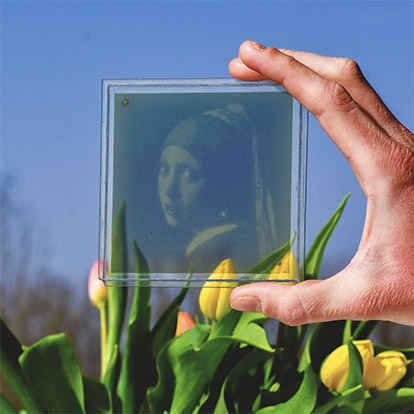
© X-LAB
ELECTRIFYING NATURE – CABLE BACTERIA
X-LAB, Theory Lab, MPPP (Belgium) – CEM (Denmark) – Anna Pasco Bolta (Spain/Germany)
While we humans only started generating our own electricity about 200 years ago, nature has been optimizing energy production through billions of years of evolution. Plants convert sunlight to energy through the movement of electric charges. But at the bottom of lakes and oceans, tiny microorganisms had to come up with another way of generating energy.
So-called Cable Bacteria are recently discovered organisms that conduct electricity similarly to the copper wires in the electric circuits in our computers and households. Due to their exceptional electrical properties, they could open new routes towards biological and green electrical materials of the future. The idea of using bacteria in our electronics might seem futuristic today, but to illustrate their potential we recently have demonstrated that they are able to transport music signals. Artist Anna Pasco Bolta even sent an audio love letter through them.
Reference: https://doi.org/10.1002/adbi.202070071
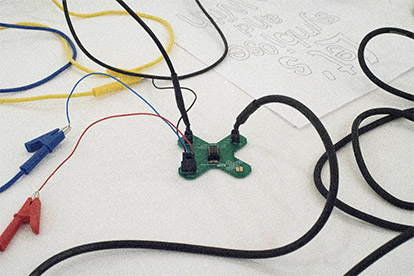
© Anna Pasco Bolta
IN CONVERSATION WITH TUNDRA, GLACIER AND BARTAKU
Bart H.M. Vandeput, artist name Bartaku (BE/FI)
Bart H.M. Vandeput has an MA in Social Sciences and a PhD in the Arts. As an artist and researcher, he is developing his practice under the name 'Bartaku' since 2004. It is situated in the fields of Bio- and Energy art, exploring relations between light, electrical energy, humans, plants and microbes. It senses for — and plays with — tensions between disciplines, process and result, makers and audiences, living and non-living, human and other-than-human.
He is a senior researcher and postdoc at the Department of Philosophy of Antwerp University and a visiting researcher at the New Energy Technologies Group at Aalto University, the Centre for Synthetic Biology at Ghent University and X-LAB at Hasselt University. He is a member of the Bioart Society, the Eco- and Bioart Lab and co-founder of artist-run collectives r-Ohm and HangarOh.
These academic entities are partners of Koelleven, a 3-year transdisciplinary research project that explores ways of entangling bacteria that live in natural draft cooling towers of nuclear power stations.
Bartaku intermedia works have been shared worldwide in the form of installations, interventions, exhibitions, public labs and talks/lectures. The media include glass and edible solar cells, bone china porcelain, fibre, seed, voice and electronics.
Recently he contributed to the book Chance Encounters: A Bioethics for a Damaged Planet by philosopher Kristien Hens (Antwerp University).
Keywords: Bioart, Cooling Tower Microbiomes, Microbial Colour, Organic Solar Cells, Art_Science, Bioethics
List of works: https://libarynth.org/luminous/phoef#overview_bartaku_light-energy-bodies_work_in_public